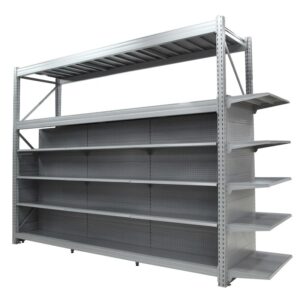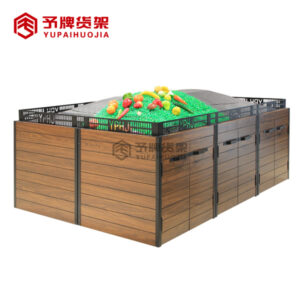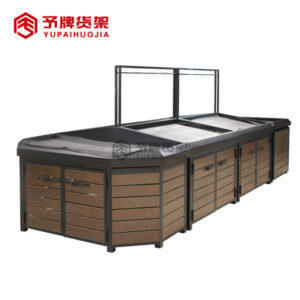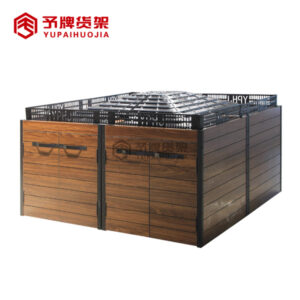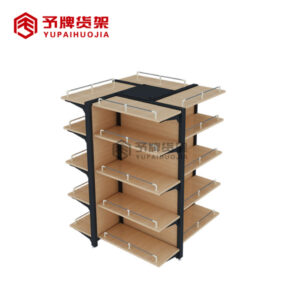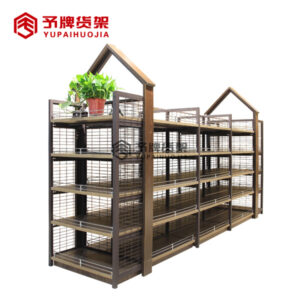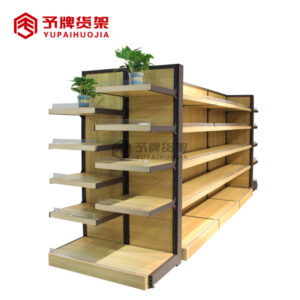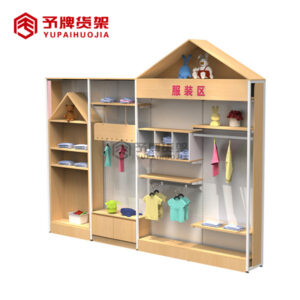Have you ever been in a store, such as a supermarket, and seen an empty supermarket shelves?
Perhaps you were looking around for something, or maybe you just wanted to see what was on the shelves.
You walk up to the empty supermarket shelves and your eyes scan up and down until they land on something that catches your interest.
When you find something you want to buy, there is only one place for you to go – the aisle where it is located.
Whether it be food, toys, or clothing – supermarkets have countless aisles to offer their customers.
In this blog article, I will discuss what functions empty supermarket shelves currently serves and how technology will change these functions moving forward! Why do we need the supermarket shelf?
When you go shopping, you often want to find what you are looking for as soon as possible.
You want to make it back home before your party starts and you can’t afford to waste time! As a result, consumers look for items that are closest to where they are standing in the store.
This is where the empty supermarket shelves comes into play. It’s located near every aisle and it’s location allows shoppers to quickly find items they are looking for when they enter the store.
The empty supermarket shelves can also serve a more important role than simply being close to an aisle – it can also help make inventory management easier! When shopping for goods, it’s hard for managers to keep track of what.
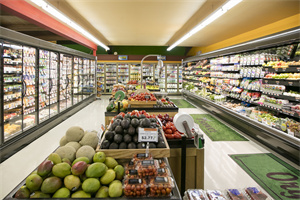
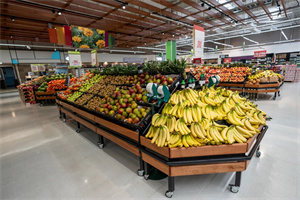
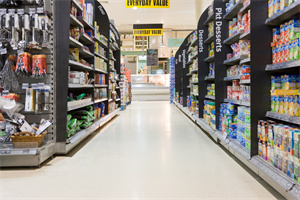
What is the difference of empty supermarket shelves
The shelves of your supermarket are becoming increasingly unused, but that doesn’t mean they’re not being put to good use. In fact, there are many uses for empty supermarket shelves that you may not have thought of.
For example, one company is using empty supermarket shelves to grow vegetables. They put the vegetables in large trays and then stick them on the shelves, so that they can receive the sunlight that they need. This way, the vegetables don’t have to travel long distances to get the sunlight they need.
Another company is using empty supermarket shelves to store pots and pans. They stack the pots and pans on top of each other so that they can fit more items on each shelf. This way, the company can save space in their warehouse.
So, while you might be thinking of your supermarket as a place where you buy food, it’s actually being used in a variety of ways now days.
3 ways supermarkets have adapted to create more space
Supermarket chain Sainsbury’s is using empty shelves to create more space in its stores.
The company has installed “shelf-in-shelf” technology which allows products to be stacked on top of each other so that there is still enough room to walk around the store.
Tesco is also experimenting with ways to create more space in its stores.
The company has installed “dual-display” technology which allows products on one side of the store to be displayed in a smaller packaging size and on the other side of the store, products can be displayed in their normal packaging size.
Asda is using “stack ‘n’ pack” technology which allows customers to buy multiple items at once and have them packaged together into one large box.
This way, customers can save money by buying larger quantities of products instead of individual items.
All three chains have introduced a new range of smaller, more economical packaging sizes which customers can take home with them.
This should help shoppers save money on food and other items.
Tesco is also increasing the number of self-service check-outs in its stores, which will enable customers to pick up their own groceries instead of haggling for a sales assistant to do it for them.
-
 Supermarket Rack In Rack
Supermarket Rack In Rack -
 Supermarket vegetable and fruit display rack and shelves
Supermarket vegetable and fruit display rack and shelves -
 Supermarket equipment shelf fruit stand vegetable display Gondola rack for fruit shop shelf
Supermarket equipment shelf fruit stand vegetable display Gondola rack for fruit shop shelf -
 Supermarket vegetable display rack for sale
Supermarket vegetable display rack for sale -
 Four-sided display rack for sale
Four-sided display rack for sale -
 Steel stationery shop display rack for sale
Steel stationery shop display rack for sale -
 Wire Mesh Back Panel Supermarket Shelf for sale
Wire Mesh Back Panel Supermarket Shelf for sale -
 Supermarket wooden shelves for sale
Supermarket wooden shelves for sale -
 Asian style gondola shelf grocery store shelf for sale
Asian style gondola shelf grocery store shelf for sale
Is it time to make your own household items?
In the past, most people had to buy items such as food and household supplies from a store. However, this is no longer the case.
With the rise of online shopping, many people are now able to make their own household items.
One example of an item that can be made at home is soap. Many people use soap to clean their bodies and homes.
However, soap is expensive to buy at a store. So, it can be cheaper to make your own soap using ingredients that are readily available in your home.
Another example of an item that can be made at home is laundry detergent. Laundry detergent is often expensive to buy.
So, it can be cheaper to make your own laundry detergent using ingredients that are readily available in your home.
Making your own household items can be a cost-effective way to save money. It can also be a fun activity that you can do with friends or family members. true true
Conclusion
At first, the empty supermarket shelves of your supermarket might have been a sign that you were out of something important.
After all, if everyone was buying things, then it must be a good item. But nowadays, the empty supermarket shelves are being repurposed in ways that can benefit both you and your environment.
By taking advantage of the empty space in your grocery store and filling it with natural products and household items made from recycled materials, you’re helping to reduce wastefulness on an individual level and help to preserve our planet at the same time.
Share this over social media and encourage your friends and family to shop green. The more people you convince, the greater the impact you can have!

